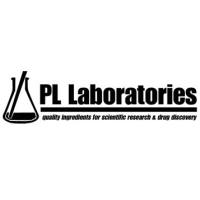The human homologue of the ether-a-go-go -related-gene (HERG) has been implicated in the “iatrogenic” long QT syndrome, with several products withdrawn from the market because of their interaction with this K + channel. The resultant impact on the pharmaceutical industry has been profound, with the need to assess whether compounds interact with HERG now at a much earlier stage in the drug development process. Electrophysiological assays for HERG have been used to evaluate drug candidates. However, these are time-consuming and expensive, and so a simple assay, suitable for general laboratory use, would be beneficial. The authors have established a radioligand binding assay that utilizes [3 H]dofetilide and membranes prepared from HEK293 cells stably expressing HERG. In assays performed at 25�C, [3 H]dofetilide (10 nM ) binding equilibrium was achieved by 30 min and was stable for at least 120 min. The affinity (K d ) of [3 H]dofetilide for HERG was 22.3 � 2.53 nM (n = 11; nH = 0.93 � 0.06) with a binding site density (B max ) of 8.92 � 0.94 pmol/mg protein. A range of class III antiarrhythmics was shown to inhibit [3 H]dofetilide binding to HERG-transfected membranes in a concentration-dependent manner. Moreover, noncardiac compounds associated with QT prolongation, such as pimozide, terfenadine, and haloperidol, also inhibit [3 H]dofetilide binding. This assay may therefore provide a simple method at an early stage in drug development to detect compounds that interact with HERG, potentially preventing QT prolongation in man.






